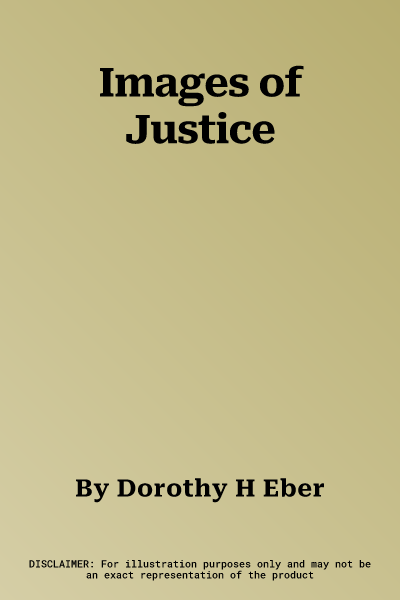The Yellow knife courthouse displays a collection of fourteen Inuit
carvings representing landmark cases the legal history of the Northwest
Territories. The cases, which came to trial before the NWT Supreme Court
between 1955 and 1970, and the carvings that represent them illuminate a
pivotal period of overwhelming social change when the Inuit camp system
was eroding and age-old practices and traditional mores were being
called into question. Dorothy Harley Eber tells the stories behind the
carvings and provides fascinating insight into the unusual situations
and special problems that developed as the Inuit came contact with
Canada's justice system. The collection of carvings was started when
J.H. Sissons, first resident justice of the NWT Supreme Court, received
a carving of himself on the bench from an Inuit defendant. He decided to
have Inuit artists document more cases and collected carvings that
represented important decisions involving murder, assisted suicide,
adoption, custom law marriage, and infractions of game laws. The
collection was added to by his successor, William Morrow. Both Sissons
and Morrow believed that to serve justice the North the law and the
courts must adapt, and they were instrumental in spurring the fight for
Native rights and making changes to the law to secure them. Eber
provides colourful portraits of the two men based on recollections of
those who travelled on circuit with them and observed their battles with
Ottawa bureaucrats and the higher courts. Images of Justice resonates
with voices of the North and comes alive through interviews with many of
those involved in the cases -- Inuit and whites, defendants, judges, and
prosecutors. Eber brings herstory up to date with a look at the courts
today and presents views of Inuit and non-Inuit with regard to future
directions. She also provides valuable information on the remarkable but
little-known artists who created the unique works of art the Yellowknife
Courthouse Collection of Inuit Sculpture. At a time when alternative
legal systems for Native peoples are being debated, Images of Justice
provides a lively, accessible account of the northern courts, their
evolution, and their future a changing northern society.

